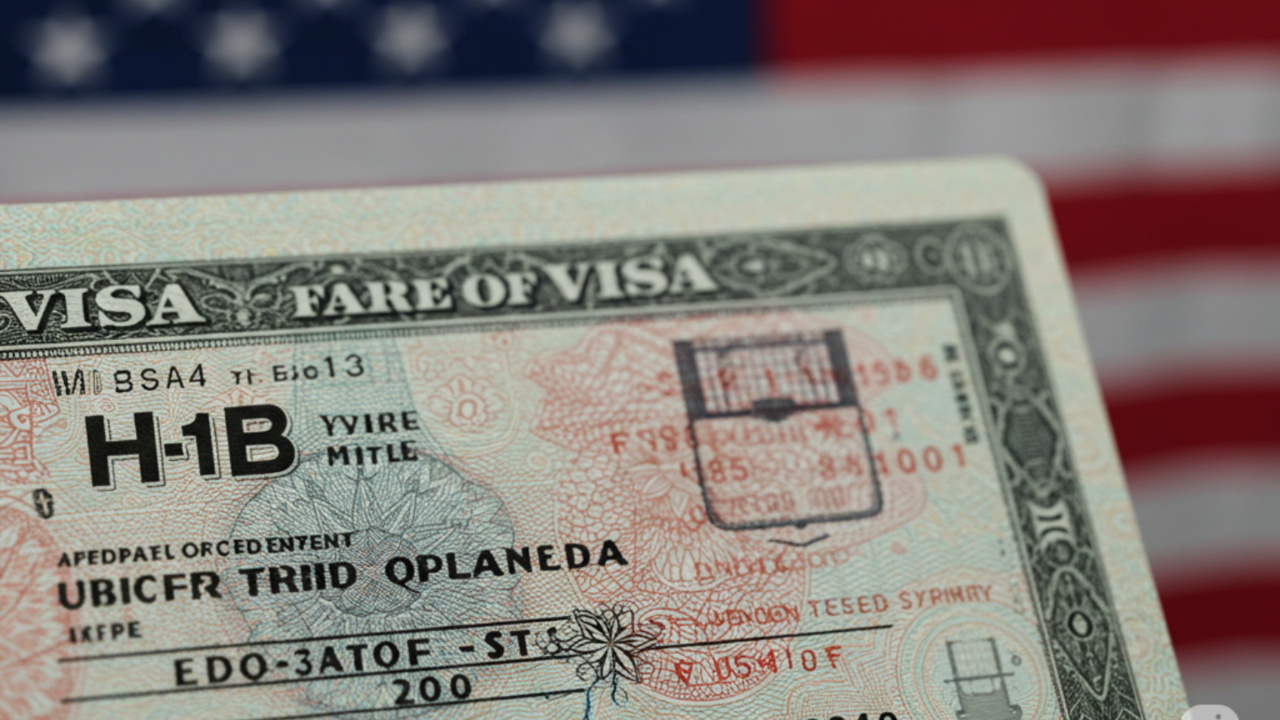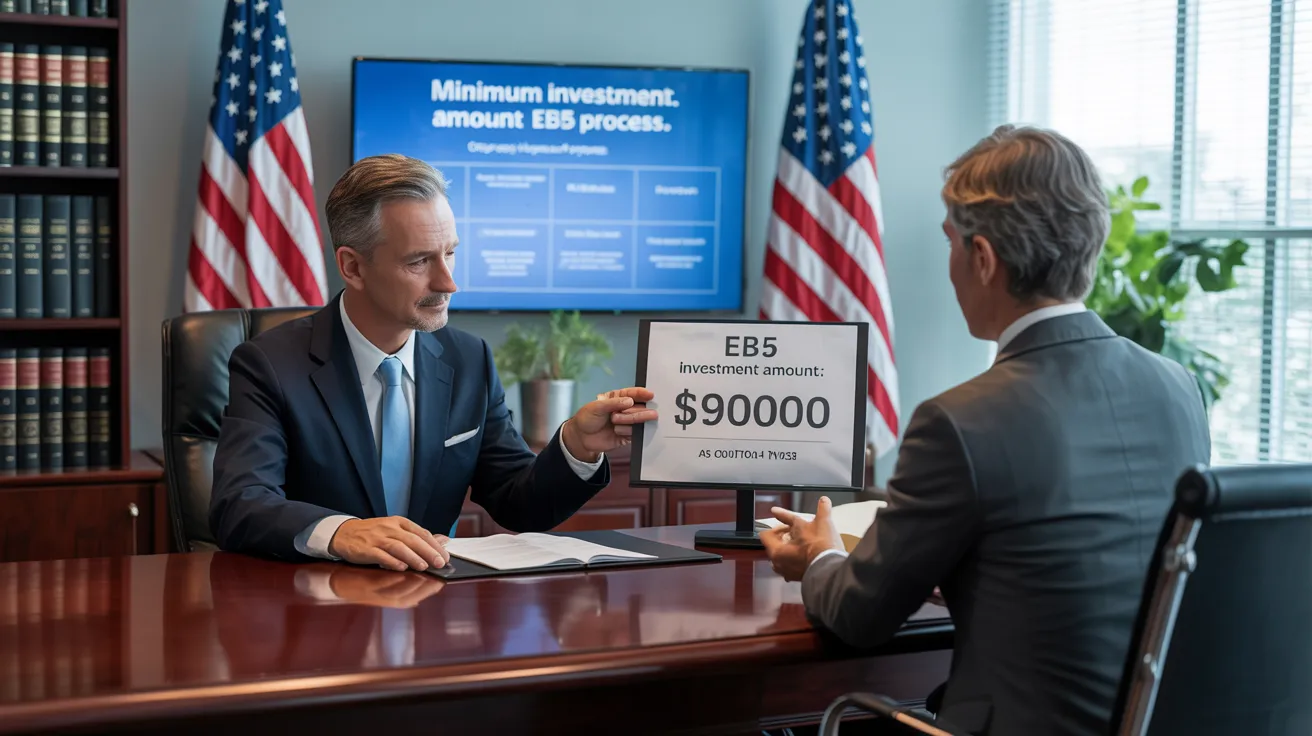L1 Visa Info
Wiki Article
The Only Guide to L1 Visa
Table of Contents10 Easy Facts About L1 Visa ShownGetting The L1 copyright WorkHow L1 Visa can Save You Time, Stress, and Money.Getting My L1 copyright WorkSome Of L1 VisaL1 Visa for Dummies
Available from ProQuest Dissertations & Theses Worldwide; Social Scientific Research Premium Collection. (2074816399). (PDF). Congress. (PDF). DHS Workplace of the Examiner General. (PDF). (PDF). "Nonimmigrant Visa Data". Fetched 2023-03-26. Division of Homeland Protection Workplace of the Examiner General, "Review of Susceptabilities and Possible Misuses of the L-1 Visa Program," "A Mainframe-Size Visa Technicality".
United State Division of State. Retrieved 22 August 2016. "Workers paid $1.21 an hour to install Fremont tech company's computers". The Mercury Information. 2014-10-22. Obtained 2023-02-08. Costa, Daniel (November 11, 2014). "Obscure temporary visas for foreign technology employees depress salaries". The Hillside. Tamen, Joan Fleischer (August 10, 2013). "Visa Owners Change Employees".
3 Easy Facts About L1 Visa Shown
In order to be qualified for the L-1 visa, the foreign firm abroad where the Recipient was employed and the U.S. firm have to have a certifying relationship at the time of the transfer. The different sorts of certifying connections are: 1. Parent-Subsidiary: The Moms and dad implies a firm, corporation, or various other lawful entity which has subsidiaries that it possesses and controls."Subsidiary" suggests a firm, company, or other legal entity of which a parent possesses, directly or indirectly, even more than 50% of the entity, OR possesses less than 50% yet has management control of the entity.
Example 1: Firm A is included in France and uses the Recipient. Company B is integrated in the U.S. and wants to seek the Beneficiary. Business An owns 100% of the shares of Business B.Company A is the Parent and Business B is a subsidiary. There is a qualifying relationship between the 2 business and Company B must be able to fund the Beneficiary.
Instance 2: Company A is integrated in the united state and intends to request the Recipient. Firm B is included in Indonesia and utilizes the Recipient. Company A possesses 40% of Company B. The continuing to be 60% is owned and managed by Business C, which has no relation to Firm A.Since Business A and B do not have a parent-subsidiary relationship, Firm A can not fund the Beneficiary for L-1.
Company A has 40% of Firm B. The continuing to be 60% is had by Firm C, which has no connection to Business A. Nonetheless, Business A, by formal arrangement, controls and complete manages Business B.Since Business A has less than 50% of Firm B yet takes care of and regulates the company, there is a certifying parent-subsidiary relationship and Firm A can fund the Beneficiary for L-1.
get started
10 Simple Techniques For L1 Visa
Affiliate: An associate is 1 of 2 subsidiaries thar are both owned and controlled by the same moms and dad or person, or possessed and managed by the exact same team of people, in basically the exact same proportions. a. Instance 1: Business A is integrated in Ghana and uses the Recipient. Company B is incorporated in the united stateFirm C, additionally integrated in Ghana, owns 100% of Firm A and 100% of Firm B.Therefore, Firm A and Firm B are "affiliates" or sister business and a qualifying partnership exists in between the 2 firms. Firm B ought to be able to fund the Beneficiary. b. Instance 2: Firm A is incorporated in the U.S.
Firm A is 60% possessed by Mrs. Smith, 20% owned by Mr. Doe, and 20% owned by Ms. Brown. Company B is incorporated in Colombia and presently uses the Recipient. Business B is 65% owned by Mrs. Smith, 15% possessed by Mr. Doe, and 20% had by L1 Visa process Ms. Brown. Firm A and Business B are associates and have a qualifying relationship in 2 various ways: Mrs.
The L-1 visa is an employment-based visa classification developed by Congress in 1970, permitting multinational business to move their managers, executives, or essential employees to their U.S. procedures. It is generally referred to as the intracompany transferee visa. There are 2 main types of L-1 visas: L-1A and L-1B. These kinds are ideal for staff members hired in various placements within a firm.

Additionally, the recipient needs to have worked in a managerial, executive, or specialized staff member position for one year within the three years preceding the L-1A application in the foreign company. For brand-new office applications, foreign work must have remained in a managerial or executive ability if the beneficiary is involving the United States to work as a supervisor or exec.
What Does L1 Visa Mean?

learn more If given for a united state firm operational for even more than one year, the initial L-1B visa is for as much as three years and can be expanded for an added two years (L1 Visa). On the other hand, if the U.S. business is newly established or has been operational for less than one year, the initial L-1B visa is issued for one year, with expansions available in two-year increments
The L-1 visa is an employment-based visa group developed by Congress in 1970, allowing international business to move their managers, execs, or essential workers to their U.S. procedures. It is generally referred to as the intracompany transferee visa. There are 2 major kinds of L-1 visas: L-1A and L-1B. These kinds appropriate for employees hired in different positions within a company.
How L1 Visa can Save You Time, Stress, and Money.
Additionally, the recipient should have operated in a supervisory, exec, or specialized employee setting for one year within the three years preceding the L-1A application in the international business. For brand-new office applications, international work must have been in a managerial or executive capability if the beneficiary is involving the United States to work as a supervisor or exec.for up to seven years to oversee the operations of the united state affiliate as an executive or supervisor. If provided for a united state company that has been operational for greater than one year, the L-1A visa is at first granted for up to three years and can be expanded in two-year increments.
If provided for an U.S. company operational for even more than one year, the first L-1B visa is for up to 3 years and can be extended for an added 2 years. On the other hand, if the U.S. company is recently developed or has actually been operational for much less than one year, the preliminary L-1B visa is provided for one year, with expansions offered in two-year increments.
Report this wiki page